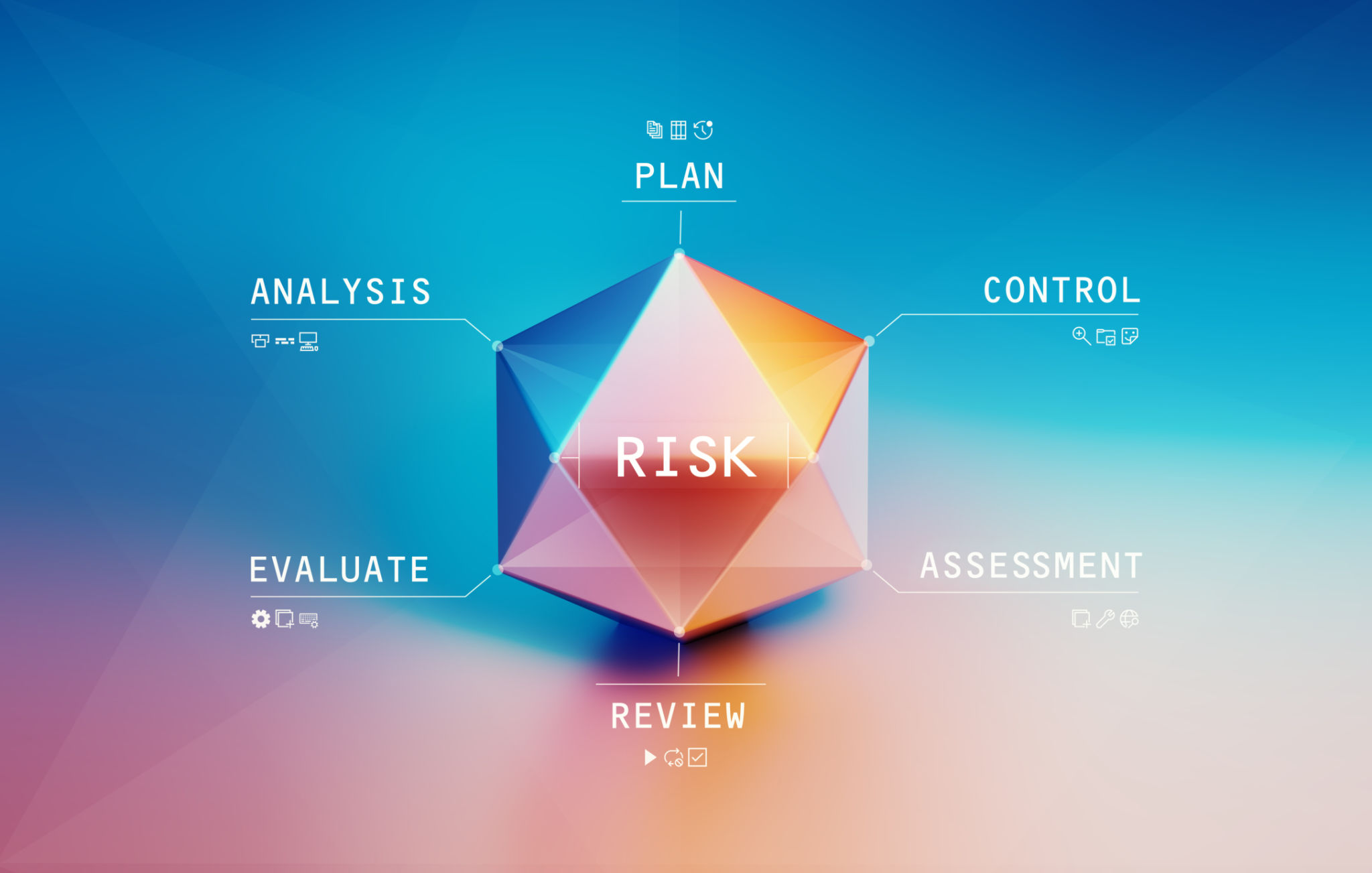Understanding Risk Management with Life Insurance: A Comprehensive Guide
Understanding Risk Management with Life Insurance
Life insurance is a critical component of financial planning, providing a safety net for individuals and families. It is an essential tool that helps manage risks by ensuring financial stability in the face of unforeseen events. Understanding how life insurance fits into a broader risk management strategy is crucial for making informed decisions about your financial future.

The Basics of Life Insurance
Life insurance is a contract between an individual and an insurance company, where the insurer promises to pay a designated beneficiary a sum of money upon the insured's death. In exchange, the policyholder pays premiums at regular intervals. The primary purpose of life insurance is to provide financial protection to loved ones after the policyholder's demise.
There are several types of life insurance policies, including term life, whole life, and universal life insurance. Each type offers different benefits and is suited to different needs. Term life insurance, for example, provides coverage for a specific period, while whole life insurance offers lifelong protection with a savings component.
Risk Management through Life Insurance
Risk management involves identifying, assessing, and prioritizing risks, followed by coordinated efforts to minimize or mitigate the impact of those risks. Life insurance plays a pivotal role in this process by transferring the financial risk associated with the policyholder's death to the insurer. This transfer ensures that dependents are not left in a precarious financial situation.

Benefits of Incorporating Life Insurance in Risk Management
Incorporating life insurance into your risk management plan offers numerous benefits:
- Financial Security: Ensures that your family maintains their standard of living and meets financial obligations such as mortgages and educational expenses.
- Debt Coverage: Helps cover outstanding debts, preventing your loved ones from inheriting financial burdens.
- Estate Planning: Provides liquidity to pay for estate taxes and other expenses, preserving the value of your estate for heirs.
Selecting the Right Life Insurance Policy
Selecting the right life insurance policy involves assessing your financial situation, understanding your risk tolerance, and considering your long-term goals. It's important to evaluate factors such as coverage amount, premium costs, and policy terms to ensure that the policy aligns with your overall risk management strategy.
An experienced insurance advisor can provide valuable insights and help you navigate the complexities of different policies. They can assist in identifying potential risks and recommending suitable coverage options tailored to your needs.

The Role of Regular Policy Reviews
Your financial situation and risk management needs may evolve over time, making regular policy reviews essential. Reviewing your life insurance policy periodically ensures that your coverage remains adequate and aligned with your changing circumstances.
Policy reviews also offer an opportunity to explore new products or riders that may enhance your coverage. Staying proactive in managing your life insurance ensures continued protection and peace of mind for you and your family.
Conclusion
Understanding risk management with life insurance is crucial for safeguarding your financial future. By integrating life insurance into your comprehensive risk management strategy, you can protect your loved ones from financial hardship and ensure their well-being even in your absence. Take the time to assess your needs, consult with professionals, and choose policies that offer the best protection for your unique situation.
